7 Weight Loss Tips That Lower Your Diabetes Risk
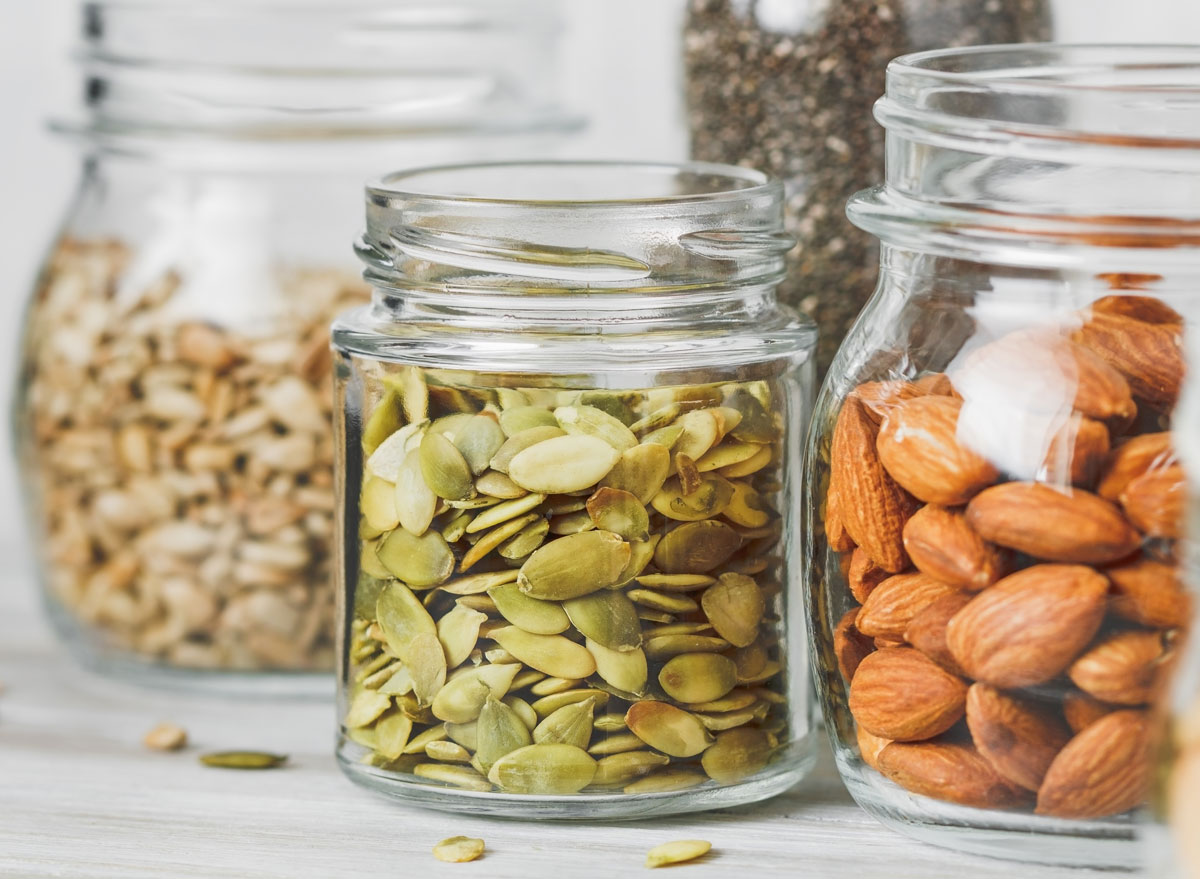
Having diabetes is a lot like being in the middle of the ocean and dying of thirst. You’re surrounded by something your body desperately needs, but ingesting it will kill you. With diabetes, that toxic substance is sugar.
Sugar—derived from the various healthy fruits and vegetables we eat—is what our bodies run on; we can’t function without it. But when you suffer from diabetes, that very same substance can wreak havoc.
Your digestive system turns brunch into glucose—the form of sugar your body uses for energy—and sends it into the bloodstream. Zap! You got energy. But glucose is actually toxic when it lingers in the bloodstream, so when the glucose hits, your pancreas—a large gland located near your stomach—produces insulin, a hormone, and sends that into the bloodstream as well. Insulin is your body’s air traffic controller: It takes command of all your glucose and directs it into your cells, where it can be used for rebuilding muscle, for keeping your heart pumping and your brain thinking, for exercising, or even singing or dancing.
But overeating on a consistent basis—or taking in too many calories too quickly, like when we eat sweets or drink sweetened beverages—turns insulin into the boy who cried wolf. Eventually your body’s insulin receptors—the docking stations where insulin parks glucose—begin to ignore insulin’s instructions. That’s a condition known as insulin resistance. After several years, the pancreas gets fed up with producing all that ineffective insulin and begins to produce less than you need. This is called type 2, or adult-onset, diabetes.
Glucose builds up in the blood, turning toxic and damaging the blood vessels, which is why diabetes can result in blindness, impotence, amputation, and other horrible afflictions. But remember, the body needs that glucose, which is now overflowing from the bloodstream and passing out through the urine. So at the same time too much sugar is killing you, you don’t have enough sugar in your cells to keep your body functioning. You feel fatigue and unusual thirst, and you begin losing weight for no apparent reason. You get sick more often, and injuries are slow to heal because your body is losing its ability to maintain itself.
More than 10% of the American population has diabetes, and more than a third of us have elevated blood sugar levels. Several studies indicate, though, that belly fat is strongly correlated with risk factors such as insulin resistance, which sets the stage for type 2 diabetes. Reducing belly fat via exercise and a healthy diet are two of the best ways to prevent and manage the disease.
To help you out, here are the best weight loss tips that will help lower your diabetes risk. And for more healthy changes, try out any of these 21 Best Healthy Cooking Hacks of All Time.
Discover something fishy.

There’s a reason why omega-3 fatty acids are one of the core nutrients. Considered “essential” because the body does not produce them naturally, omega-3s boast a number of health benefits, including helping to reduce the risk of type 2 diabetes. A study by the University of Eastern Finland found that men with the highest intake of omega-3 fatty acids had a 33% reduced risk for this type of diabetes, compared to men with the lowest intake. Oily fish like wild salmon, rainbow trout, sardines, and mackerel are among the best sources of omega-3s. The American Heart Association recommends eating two 3 1/2-ounce servings of fatty fish per week.
Circuit train your belly away.

Aerobic exercise is known to prevent type 2 diabetes, and combining a heart-pumping cardio session with muscle-strengthening exercises is even better. A study published in the journal PLOS Medicine found that women who engaged in at least 150 minutes per week (about 20 minutes per day) of aerobic activity and at least 60 minutes per week (three 20-minute sessions) of muscle-strengthening activities reduced their risk of diabetes by 33% compared with inactive women.
Get your Greek on.
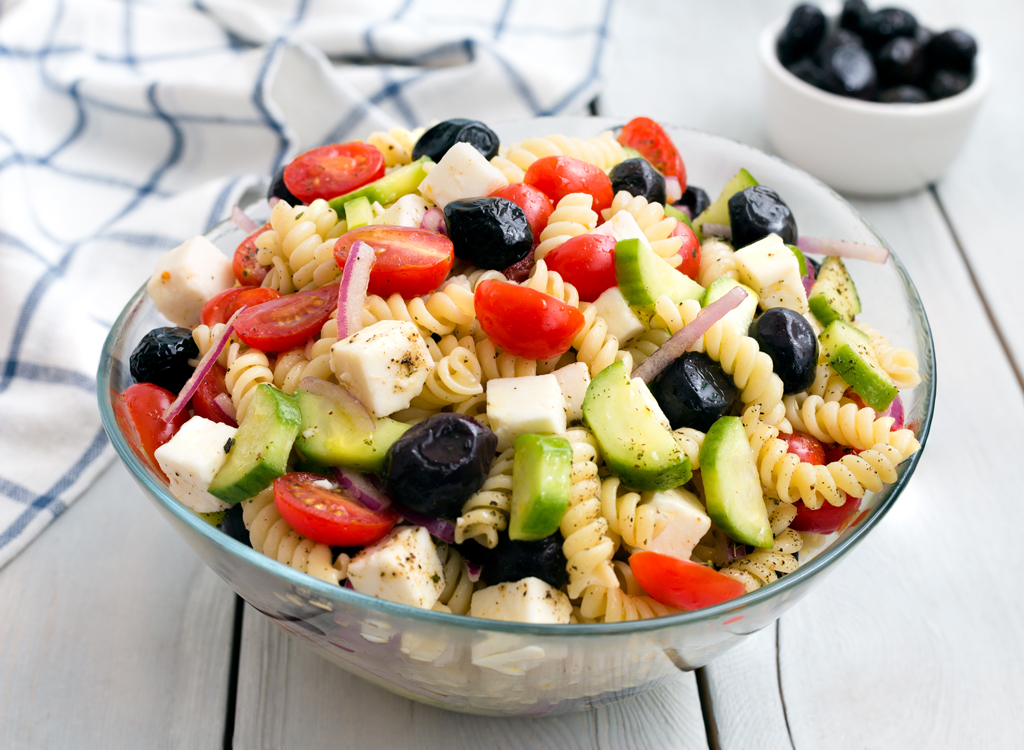
A Mediterranean diet may help to guard against obesity and consequently reduce your risk of diabetes by up to 21%, according to research presented at the American College of Cardiology’s 63rd Annual Scientific Session. The researchers’ conclusion comes from the analysis of nineteen original research studies that followed more than 162,000 participants for an average of five and a half years. While there is no set Mediterranean diet, it commonly emphasizes fresh fruits and vegetables, beans, nuts, fish, olive oil, and even a regular glass of red wine.
Hit the trail mix.
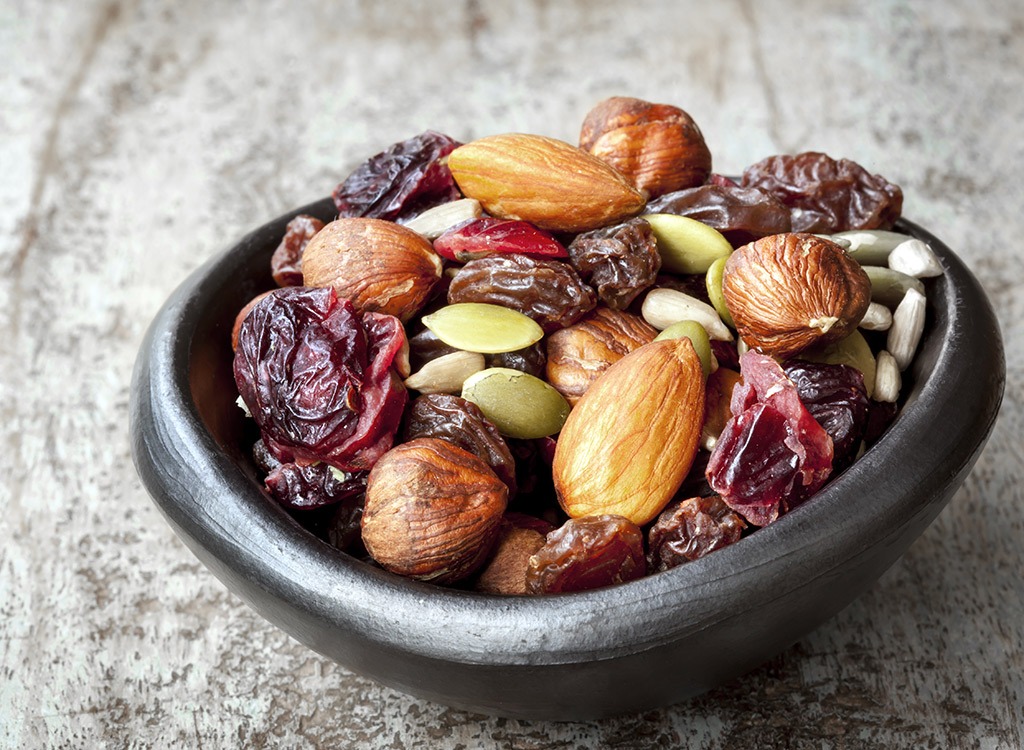
A study at the University of North Carolina at Chapel Hill found that people who consumed the most magnesium from foods and from vitamin supplements were about half as likely to develop diabetes over the next 20 years as people who took in the least magnesium.
Large clinical trials testing the effects of magnesium on diabetes risk are needed to determine whether a causal relationship truly exists, but researchers have found that as magnesium intake rose, levels of several markers of inflammation decreased, as did resistance to the effects of the key blood-sugar-regulating hormone insulin. Higher blood levels of magnesium also were linked to a lower degree of insulin resistance.
So what should you stock up on? Pumpkin seeds and dark chocolate are two of the best food sources of magnesium.
Eat the whole thing.
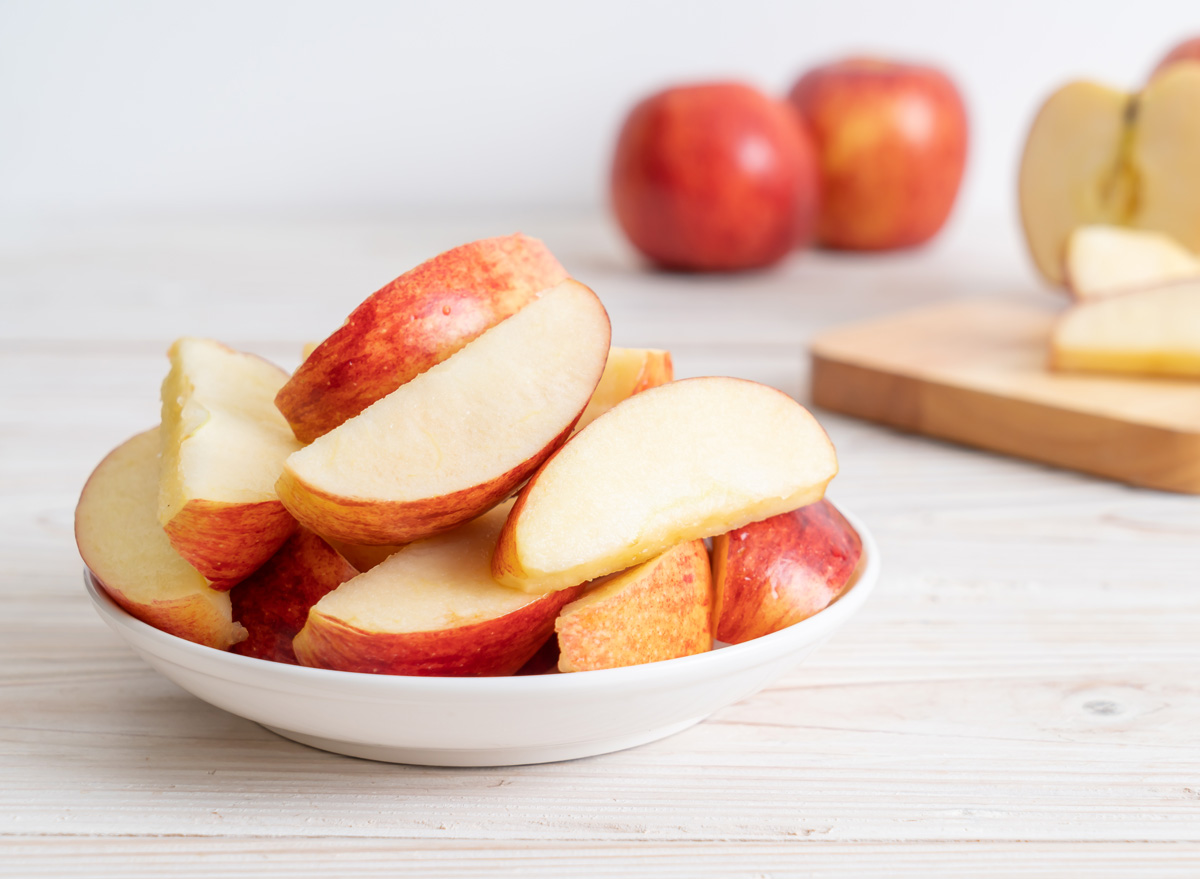
Simply choose a whole apple instead of a glass of apple juice, and not only will you dodge a ton of added sugar and additives, but you may also lower your risk for diabetes, according to a study by the Harvard School of Public Health. Researchers found that people who ate at least two servings each week of certain whole fruits—particularly blueberries, grapes, and apples—reduced their risk for type 2 diabetes by as much as 23% in comparison to those who ate less than one serving per month.
Conversely, those who consumed one or more servings of fruit juice each day increased their risk of developing type 2 diabetes by as much as 21%. Swapping three glasses of juice a week with three servings of whole fruit was associated with a 7% risk reduction! The high glycemic index of fruit juice—which passes through the digestive system more rapidly than fiber-rich fruit—may explain the results.
Looking for more helpful tips? Sign up for our newsletter to get daily recipes and food news in your inbox!
Don’t load up on acid.
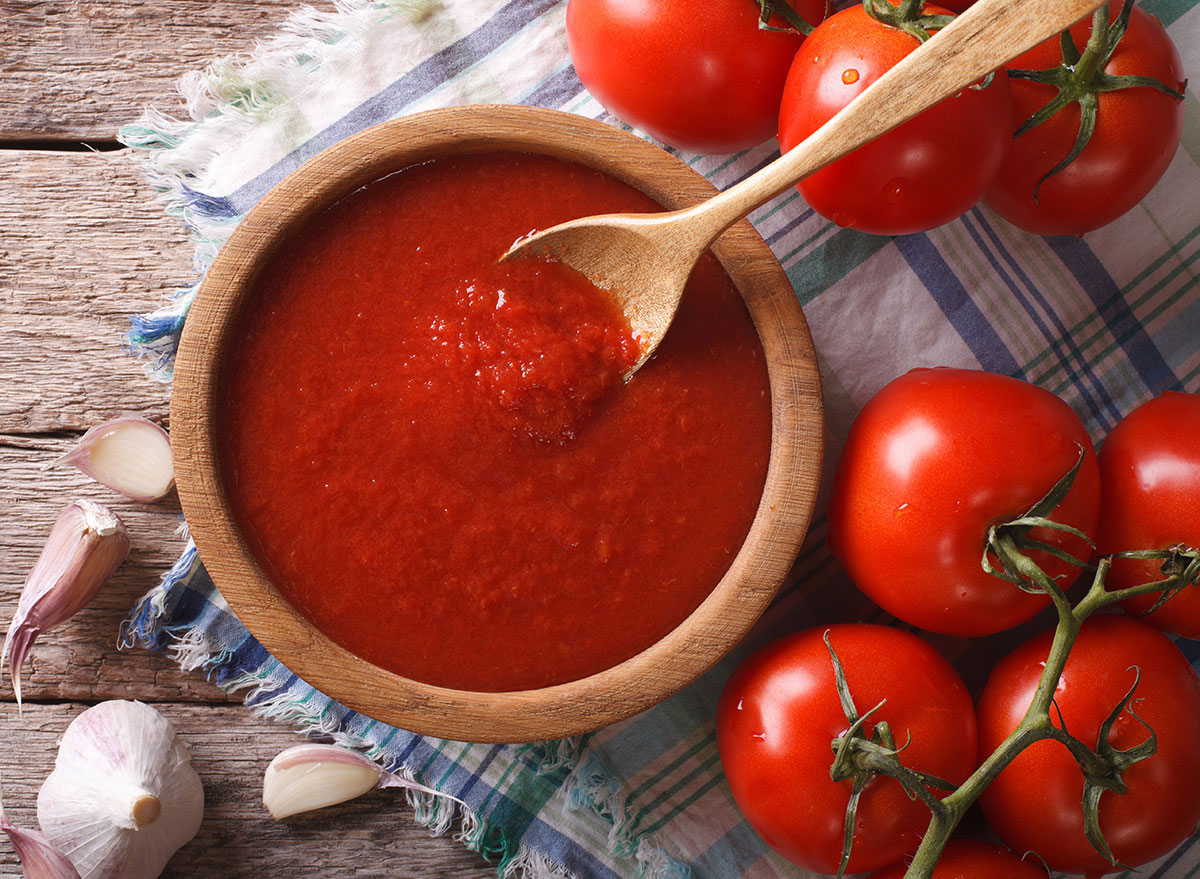
A study of more than 60,000 women found that an acid-promoting diet, one that includes more animal products and processed foods than fruits and vegetables, causes a number of metabolic problems including a reduction in insulin sensitivity. According to the study, women with an “acid load” in the top quartile had a 56% increased risk of developing type 2 diabetes compared with the bottom quartile. Foods that promote an alkaline body environment—vegetables, fruits, and tea—counter acidity.
Give red meat the red light.
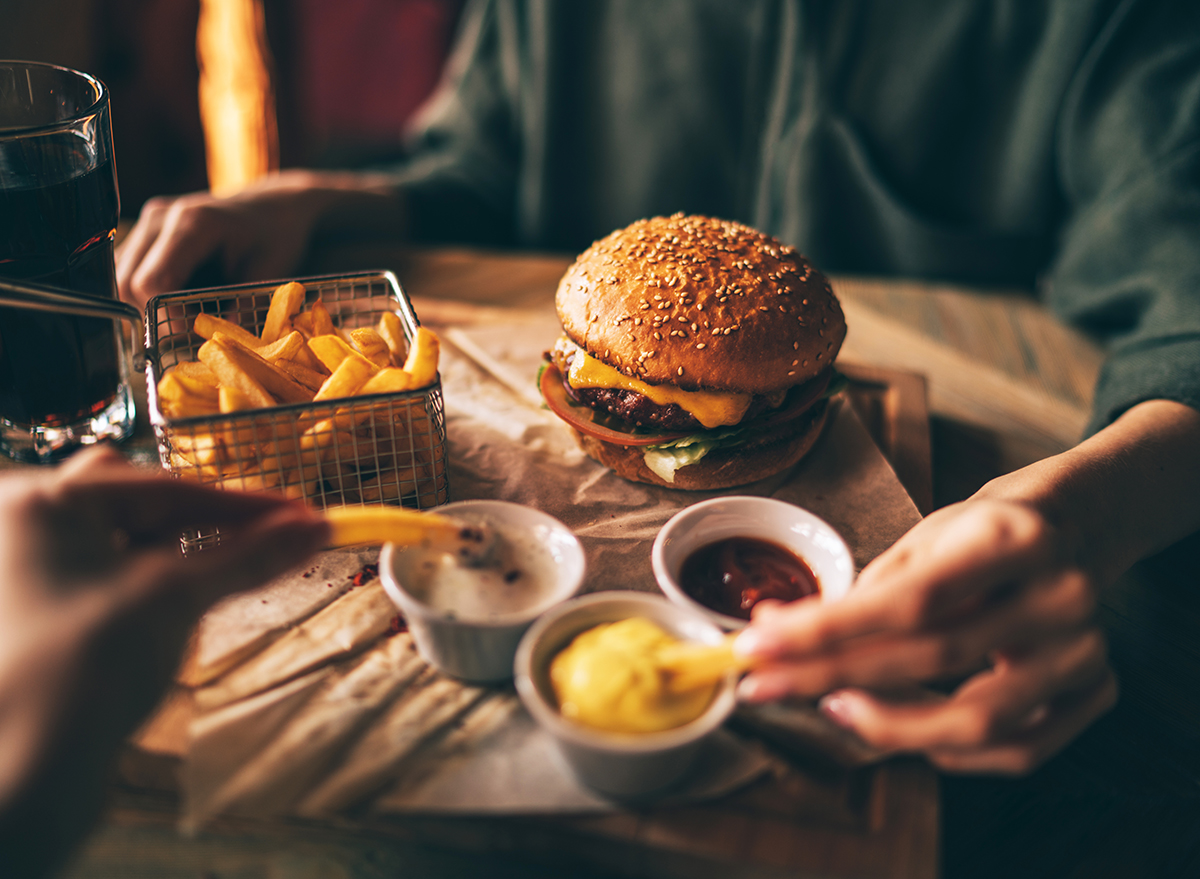
Bad news for people who love going back for seconds at the cookout: Researchers at the University of Singapore found that a small increase in red meat (we’re talking half a serving per day) was associated with a 48% elevated risk for type 2 diabetes over the course of four years. The good news is that you can undo some of the damage by reducing your red meat intake. (And for more help getting you lean for life, try out this 14-day flat belly plan.)








